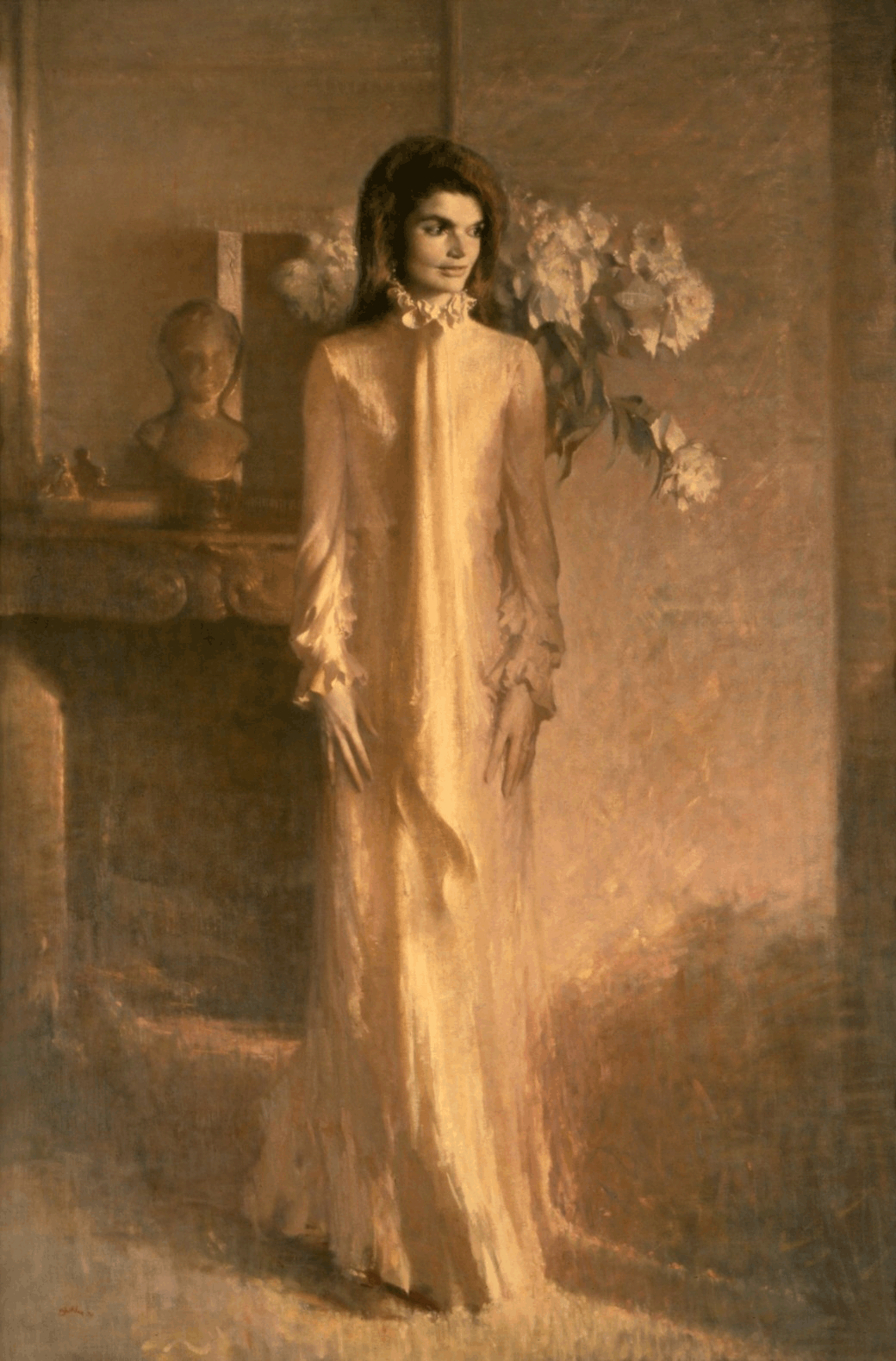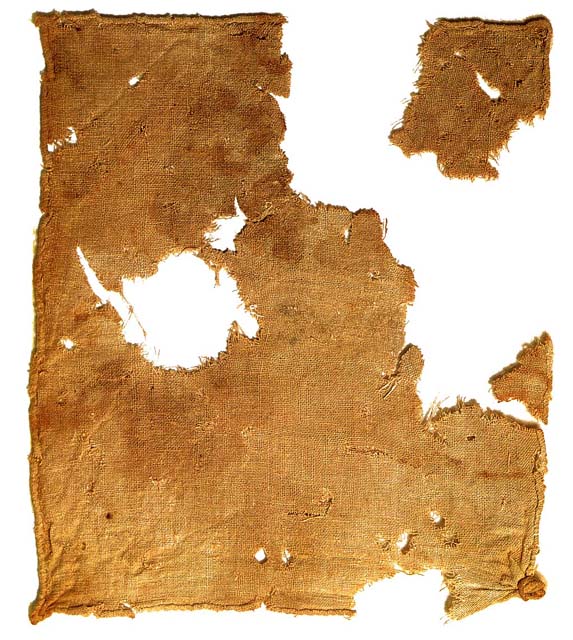|
Spence Bryson
Spence Bryson is a Northern Irish textile company which manufactures and distributes linen and linen products. History Spence Bryson was founded as Spence, Bryson & Co. Ltd in 1885 by John Bell Bryson and Thomas Henry Spence in Portadown, County Armagh. John Bell Bryson (c.1859-1923) was born in County Down, and apprenticed in the linen trade to Robert Glass of Portadown, while Thomas Henry Spence (c.1854-1937) was born in County Armagh, and was apprenticed to Hamilton Robb in Portadown. By the 1950s, Spence Bryson was the largest of the 11 weaving companies based in the Portadown area and was based on Meadow Lane. The company was bought by Ulster Weavers Ltd in 1990. The company is known for its manufacture of a range of linen fabrics, from light linen to suit fabric, and for its self-sufficiency, sourcing local wood for their looms and locally cast iron. In the 20th century, the sales division was organised into 3 sections: embroidery cloth, handkerchiefs, and suiting. In th ... [...More Info...] [...Related Items...] OR: [Wikipedia] [Google] [Baidu] |
Textiles
Textile is an umbrella term that includes various fiber-based materials, including fibers, yarns, filaments, threads, different fabric types, etc. At first, the word "textiles" only referred to woven fabrics. However, weaving is not the only manufacturing method, and many other methods were later developed to form textile structures based on their intended use. Knitting and non-woven are other popular types of fabric manufacturing. In the contemporary world, textiles satisfy the material needs for versatile applications, from simple daily clothing to bulletproof jackets, spacesuits, and doctor's gowns. Textiles are divided into two groups: Domestic purposes onsumer textilesand technical textiles. In consumer textiles, aesthetics and comfort are the most important factors, but in technical textiles, functional properties are the priority. Geotextiles, industrial textiles, medical textiles, and many other areas are examples of technical textiles, whereas clothing a ... [...More Info...] [...Related Items...] OR: [Wikipedia] [Google] [Baidu] |
Portadown
Portadown () is a town in County Armagh, Northern Ireland. The town sits on the River Bann in the north of the county, about southwest of Belfast. It is in the Armagh City, Banbridge and Craigavon Borough Council area and had a population of about 22,000 at the 2011 Census. For some purposes, Portadown is treated as part of the "Craigavon Urban Area", alongside Craigavon and Lurgan. Although Portadown can trace its origins to the early 17th century Plantation of Ulster, it was not until the Victorian era and the arrival of the railway that it became a major town. It earned the nickname "hub of the North" due to it being a major railway junction; where the Great Northern Railway's line diverged for Belfast, Dublin, Armagh and Derry. In the 19th and 20th centuries Portadown was also a major centre for the production of textiles (mainly linen). Portadown is the site of the long-running Drumcree dispute, over yearly marches by the Protestant Orange Order through the Catholic p ... [...More Info...] [...Related Items...] OR: [Wikipedia] [Google] [Baidu] |
Textile
Textile is an umbrella term that includes various fiber-based materials, including fibers, yarns, filaments, threads, different fabric types, etc. At first, the word "textiles" only referred to woven fabrics. However, weaving is not the only manufacturing method, and many other methods were later developed to form textile structures based on their intended use. Knitting and non-woven are other popular types of fabric manufacturing. In the contemporary world, textiles satisfy the material needs for versatile applications, from simple daily clothing to bulletproof jackets, spacesuits, and doctor's gowns. Textiles are divided into two groups: Domestic purposes onsumer textilesand technical textiles. In consumer textiles, aesthetics and comfort are the most important factors, but in technical textiles, functional properties are the priority. Geotextiles, industrial textiles, medical textiles, and many other areas are examples of technical textiles, whereas clothing and ... [...More Info...] [...Related Items...] OR: [Wikipedia] [Google] [Baidu] |
Linen
Linen () is a textile made from the fibers of the flax plant. Linen is very strong, absorbent, and dries faster than cotton. Because of these properties, linen is comfortable to wear in hot weather and is valued for use in garments. It also has other distinctive characteristics, notably its tendency to wrinkle. Linen textiles appear to be some of the oldest in the world; their history goes back many thousands of years. Dyed flax fibers found in a cave in Southeastern Europe (present-day Georgia) suggest the use of woven linen fabrics from wild flax may date back over 30,000 years. Linen was used in ancient civilizations including Mesopotamia and ancient Egypt, and linen is mentioned in the Bible. In the 18th century and beyond, the linen industry was important in the economies of several countries in Europe as well as the American colonies. Textiles in a linen weave texture, even when made of cotton, hemp, or other non-flax fibers, are also loosely referred to as "linen". ... [...More Info...] [...Related Items...] OR: [Wikipedia] [Google] [Baidu] |
Cast Iron
Cast iron is a class of iron– carbon alloys with a carbon content more than 2%. Its usefulness derives from its relatively low melting temperature. The alloy constituents affect its color when fractured: white cast iron has carbide impurities which allow cracks to pass straight through, grey cast iron has graphite flakes which deflect a passing crack and initiate countless new cracks as the material breaks, and ductile cast iron has spherical graphite "nodules" which stop the crack from further progressing. Carbon (C), ranging from 1.8 to 4 wt%, and silicon (Si), 1–3 wt%, are the main alloying elements of cast iron. Iron alloys with lower carbon content are known as steel. Cast iron tends to be brittle, except for malleable cast irons. With its relatively low melting point, good fluidity, castability, excellent machinability, resistance to deformation and wear resistance, cast irons have become an engineering material with a wide range of applications a ... [...More Info...] [...Related Items...] OR: [Wikipedia] [Google] [Baidu] |
Sybil Connolly
Sybil Connolly (24 January 1921 – 6 May 1998) was a Dublin-based fashion designer who was known for creating fashion from Irish textiles, including finely pleated linen, wools such as Báinín, Limerick and Carrickmacross lace, and later for her work with brands such as Tiffany & Co. Her fashion label's clients included Jacqueline Kennedy. Said to have put Irish fashion on the map, she was a member of the "Big Three" Irish fashion designers (along with Irene Gilbert and Raymond Kenna/Kay Peterson), and was described by former Taoiseach (prime minister) Jack Lynch as: "a national treasure." Her activities were covered in both the fashion press and the social columns of publications such as the Hollywood Reporter. Described by Bettina Ballard as a "personable milk-skinned Irish charmer," she came to the notice of Carmel Snow, the Dalkey-born editor of ''Harpers Bazaar''. Early life and career Sybil Veronica Connolly was born on Clanllienwen Road, in Morriston, Swansea, Wales ... [...More Info...] [...Related Items...] OR: [Wikipedia] [Google] [Baidu] |
Pleated Linen
Pleated linen is a form of processing linen which results in a fabric which is heavily pleated and does not crease like normal linen fabric. History The earliest form of pleated linen dates from ancient Egypt and can be seen in a garment known as the Tarkhan dress, which is over 5000 years old and is believed to be one of the oldest dresses in existence. Other examples of pleated linen from ancient history include pleated linen from the tomb of queen Neferu. The Museum of Fine Arts, Boston has in its collection four excellently preserved pleated linen dresses, all found in 1902-1903 by George A. Reisner at the cemetery of Naga ed-Deir in Egypt. It is not known exactly how the Egyptians pleated linen, but the material may have been "folded, accordion style, then tied, and wetted." Modern use In the 1950s the Irish fashion designer, Sybil Connolly, developed a method of hand-pleating linen with the handkerchief linen manufacturer Spence Bryson. Handkerchief linen is a light ... [...More Info...] [...Related Items...] OR: [Wikipedia] [Google] [Baidu] |
Linen Industry In Ireland
Linen () is a textile made from the fibers of the flax plant. Linen is very strong, absorbent, and dries faster than cotton. Because of these properties, linen is comfortable to wear in hot weather and is valued for use in garments. It also has other distinctive characteristics, notably its tendency to wrinkle. Linen textiles appear to be some of the oldest in the world; their history goes back many thousands of years. Dyed flax fibers found in a cave in Southeastern Europe (present-day Georgia) suggest the use of woven linen fabrics from wild flax may date back over 30,000 years. Linen was used in ancient civilizations including Mesopotamia and ancient Egypt, and linen is mentioned in the Bible. In the 18th century and beyond, the linen industry was important in the economies of several countries in Europe as well as the American colonies. Textiles in a linen weave texture, even when made of cotton, hemp, or other non-flax fibers, are also loosely referred to as "linen". ... [...More Info...] [...Related Items...] OR: [Wikipedia] [Google] [Baidu] |
County Armagh
County Armagh (, named after its county town, Armagh) is one of the six counties of Northern Ireland and one of the traditional thirty-two counties of Ireland. Adjoined to the southern shore of Lough Neagh, the county covers an area of and has a population of about 175,000. County Armagh is known as the "Orchard County" because of its many apple orchards. The county is part of the historic province of Ulster. Etymology The name "Armagh" derives from the Irish word ' meaning "height" (or high place) and '. is mentioned in '' The Book of the Taking of Ireland'', and is also said to have been responsible for the construction of the hill site of (now Navan Fort near Armagh City) to serve as the capital of the kings (who give their name to Ulster), also thought to be 's ''height''. Geography and features From its highest point at Slieve Gullion, in the south of the county, Armagh's land falls away from its rugged south with Carrigatuke, Lislea and Camlough mountains, to ... [...More Info...] [...Related Items...] OR: [Wikipedia] [Google] [Baidu] |
Manufacturing Companies Established In 1885
Manufacturing is the creation or production of goods with the help of equipment, labor, machines, tools, and chemical or biological processing or formulation. It is the essence of secondary sector of the economy. The term may refer to a range of human activity, from handicraft to high-tech, but it is most commonly applied to industrial design, in which raw materials from the primary sector are transformed into finished goods on a large scale. Such goods may be sold to other manufacturers for the production of other more complex products (such as aircraft, household appliances, furniture, sports equipment or automobiles), or distributed via the tertiary industry to end users and consumers (usually through wholesalers, who in turn sell to retailers, who then sell them to individual customers). Manufacturing engineering is the field of engineering that designs and optimizes the manufacturing process, or the steps through which raw materials are transformed into a fina ... [...More Info...] [...Related Items...] OR: [Wikipedia] [Google] [Baidu] |

.jpg)





